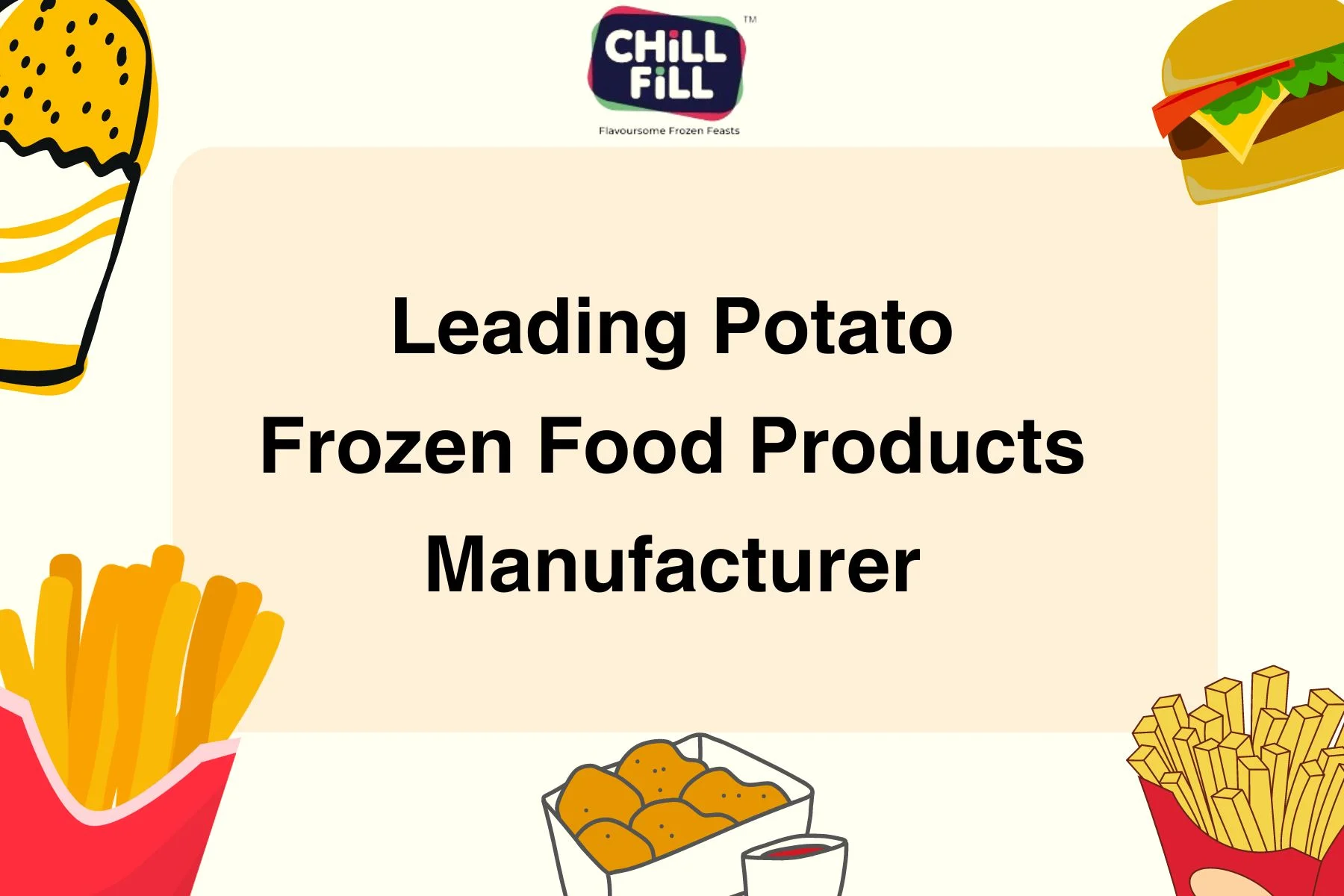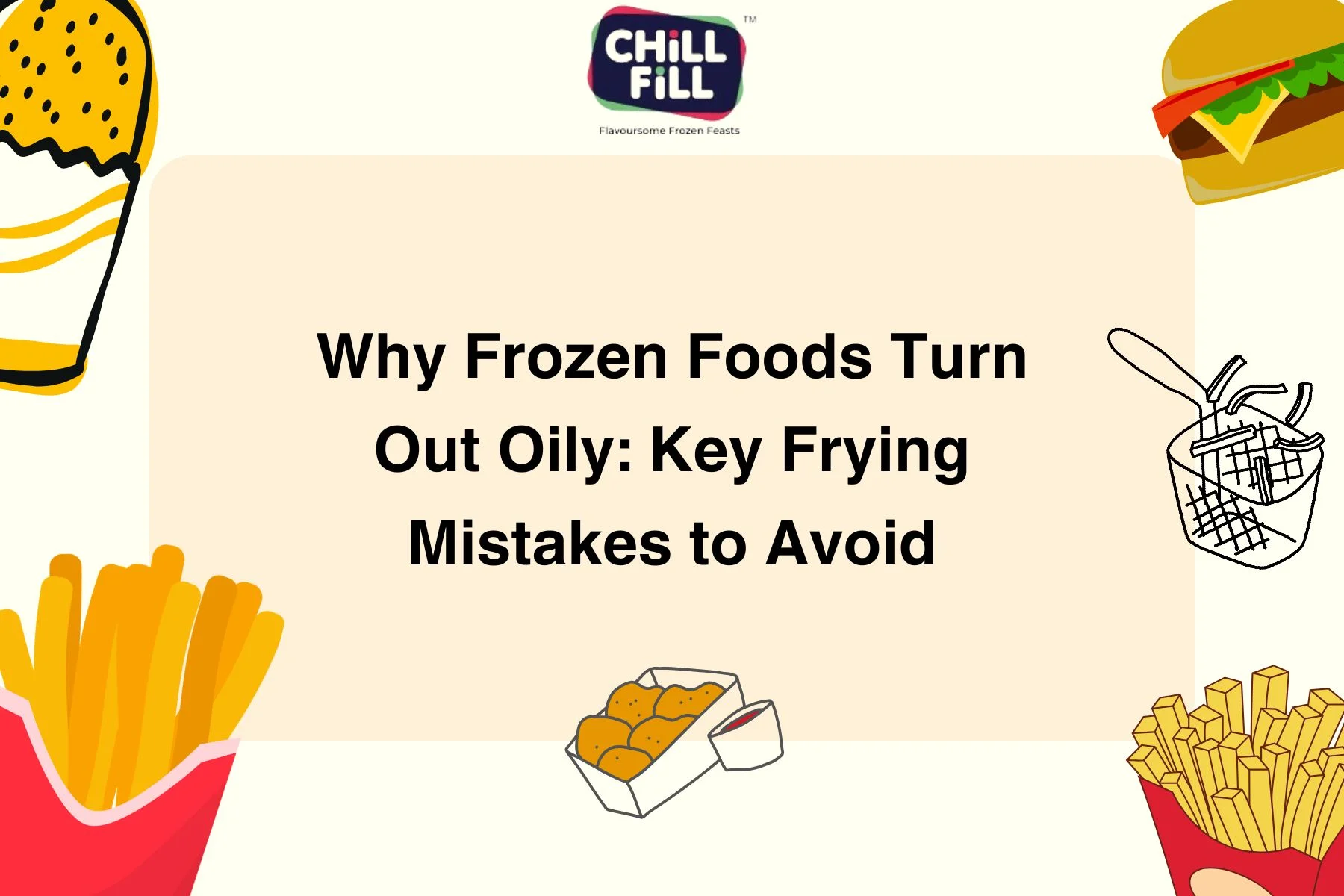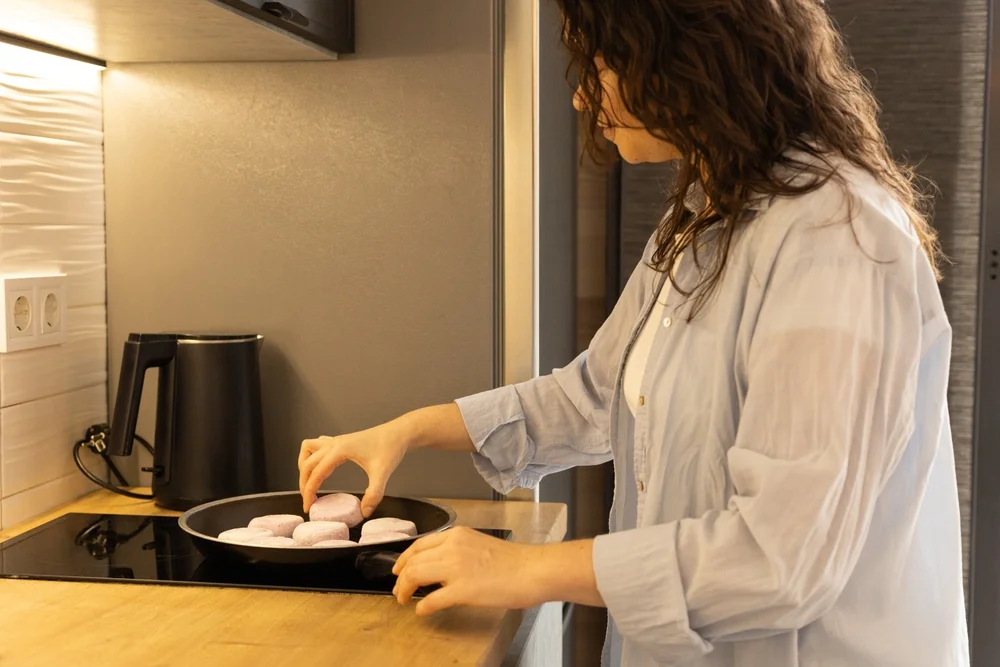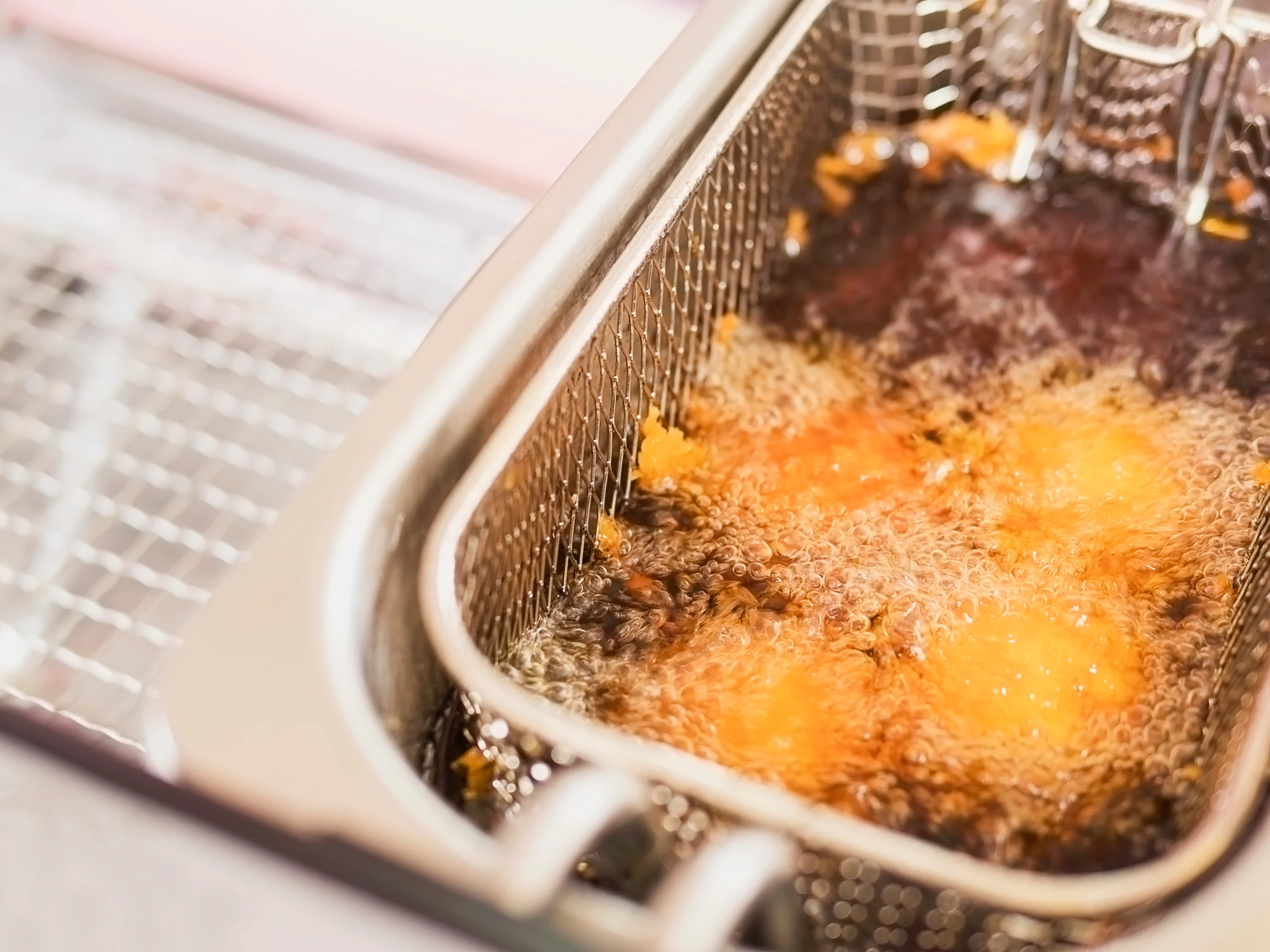


Frozen food has become a staple in many homes because of its convenience and simplicity in preparation. Great for when you want a quick dinner, or some easy snacks for the gathering, but there is one common problem that most home cooks make: improper usage of frozen foods that end up oily and unappetizing. This blog will outline and discuss why deep-fried frozen foods become oily and what are some of the key mistakes to avoid in terms of achieving crisp and delicious results.
Ever since frozen foods began to offer such ease and convenience in their preparation, they have become a part of most homes. Be it the ease in the preparation of dinner or if some preparations are in order for snacks of a gathering, frozen foods have come into good use. However, many home cooks share a common drawback using frozen foods-they tend to be oily and not great-looking. It will explain why frozen foods get oily when fried and outline major mistakes one can avoid to yield a great, crispy result.
Before the discussion of mistakes responsible for oily frozen foods, I have to explain some scientific knowledge about frying. In a proper method of frying, foodstuff is cooked with moisture or maybe a mixture of moisture with oil. In a proper method of frying, a food product must let form its barrier to avoid more oil penetration while allowing moisture evaporation in the exterior to make it crispy.

Fried frozen foods still retain some moisture, as leftover from the freezing process. When such foods are fried, the moisture inside them melts quickly into steam. If not properly managed, this steam can cause the oil to become over-saturated and hence give food an oily texture. The way you fry frozen foods, therefore matters for what you will ultimately get.
Another major error that most individuals commit in regard to frying frozen foods is frying them directly from the freezer. It may sound very convenient, but it causes high absorption of oil and a generally oily finish. The reason behind this is that, instantly on placing frozen food in hot oil, the oil temperature immediately drops down, thereby causing more absorption of the oil as the food cooks.
Solution: Never fry frozen products without thawing them at least a little first. Then you can actually keep the oil at the right temperature and more oil is not absorbed. Even short thawing in the fridge or at room temperature makes all the difference.
One thing to note is how important oil temperature is in frying. Too hot, the outside could cook too quick while the inside remains frozen. Too cool, and the oil is absorbed to excess making the food greasy.
Solution: Use a thermometer to avoid temperature unless you are sure about the right temperature of the oil for frying, like between 350°F to 375°F (175°C to 190°C). If the thermometer is not available, you may drop a small piece of bread in oil; when it turns brown in about 60 seconds, the oil is ready.
Too many items are fried in the oil at once; this lowers the temperature greatly and results in greasy food. Overcrowding of pan causes the food to steam rather than fry, with a lack of crispiness.
Solution: Fry in small batches so the temperature is maintained inside the oil, so they cook evenly. That is how every piece turns out to have a crispy brown skin and do not get greasy.
Moisture is inevitably drawn from the frozen foods' surface to produce steam at the time of frying, which becomes the cause for oil splatters and the mostly greasy texture in the final product.
Solution: Before frying frozen food, pat the frozen food dry with a paper towel to absorb some excess moisture. Such a simple procedure should lessen the amount of steam formed and keep the oil from penetrating into the food.

Food that is put into oil not properly preheated will arrive at the table greasy. Clearly, the oil will soak into the food if it is not heated enough to coat over the top. This leaves the food with a texture that is undesirable for eating.
Solution: For frozen foods, preheat the oil and then gradually add the frozen food. Gently place it into the oil for frying; this way, it does not splatter.
Different oils contain different smoke points, which determine the best application for them in frying. Those oils with lower smoke points tend to burn easily and develop off-flavors. The oils containing higher smoke points do not break down when heated to extremely high temperatures.
Solution: Fry using oil which has a very high smoke point, like vegetable or canola or peanut oil or sunflower oil. These oils can manage frying pretty well to keep food crispy without soaking much into the oil.
Overcooking of frozen food can easily lead to an oily texture and an unpleasant taste. Foods left to sit for too long in oil absorb extra oil, which creates a heavy and oily finish on the food.
Solution: Monitor the cooking time and double check on when it's already done. Most frozen foods will provide a recommended cooking time in the package. Use those as your guidelines. Remove food from the oil once it has turned golden brown.
However, after frying it, one should eliminate excess oil on the food. Failure to do so will make the food oily and unappetizing.
Solution: Remove fried foods from the oil using a slotted spoon or spider and place them on paper towels, so excess oil can drain off and the foods stay crispy.
While frozen foods are typically delivered pre-seasoned and coated, failing to enhance those flavors can leave the final product unappetizingly greasy. Also, coatings alter the oil absorption characteristics of the food.
Solution: Frozen foods would be seasoned with your spices and your coatings. A dusting with flour or breadcrumbs stops too much oil from being absorbed, but the flavor is improved.

Different types of frozen food products have to be fried differently. Some should be very deep fried, while others should be pan-fried or even air fried.
Solution: In relation to the type of frying, research which suits your frozen food best. Deep-fried battered products are usually well prepared, while pan-frying is mostly suited for breaded items.
Consider an Air Fryer: If you cook a lot of frozen foods, then getting an air fryer would be a great choice. This appliance works by using circulating hot air to provide a crispy texture with minimal oil, thus nearly eliminating oily results.
Cooking Techniques: While frying is the most common method of cooking frozen foods, try baking or grilling them for a delicious oil-free final product.
Practice Makes Perfect: Don't get discouraged if your very first attempts at cooking don't turn out just right. Cooking is definitely a learned skill which improves with experience. Record what works and what does not, and refine your techniques over time.
Chillfill Foods is a giant producing and supplying provider of frozen potato products in the trade, with varieties of excellent items that respond to disparate culinary needs, ensuring excellent products that stay fresh with a rich flavor. They boast a full range that ranges from the most popular French fries, hash browns, and potato wedges, for which reason, they have become the first choice to many restaurants, food service providers, and retailers as well. This is because at Chillfill Food, the fundamental aspects of quality, sustainability, and customer satisfaction are used to ensure that every single bite from its frozen potato products delivers taste and texture perfectly.
Frying is another easy way to prepare a meal with frozen foods, but one has to take heed of the common blunders that might easily lead to oily food. Knowing the science behind frying and most importantly, knowing your techniques will ensure perfectly crispy and delicious frozen foods. Finally, frozen foods can be a great treat for your dinner table minus the greasiness that often accompanies improper frying methods if done the right way. So roll up your sleeves, heed these tips, and enjoy your perfectly fried frozen foods!